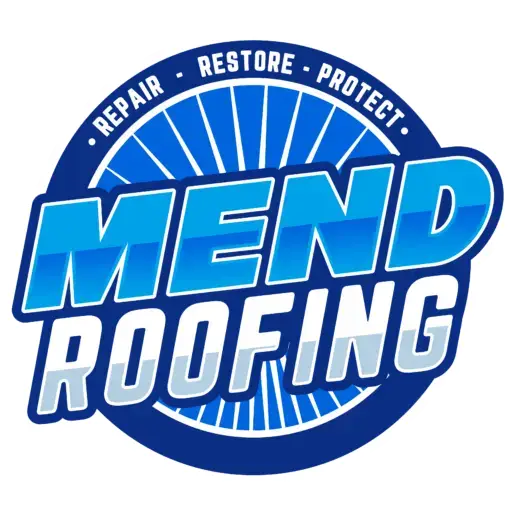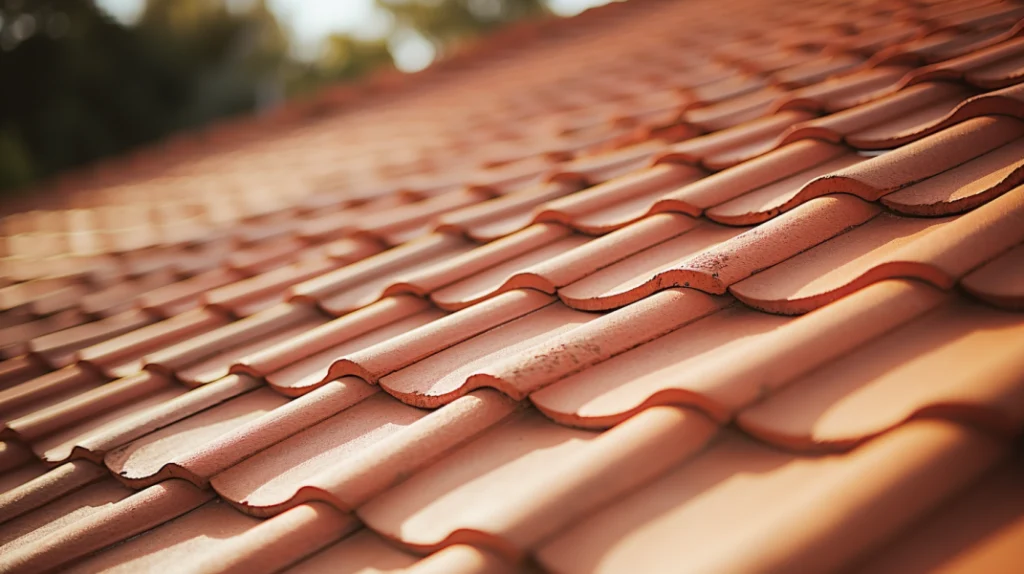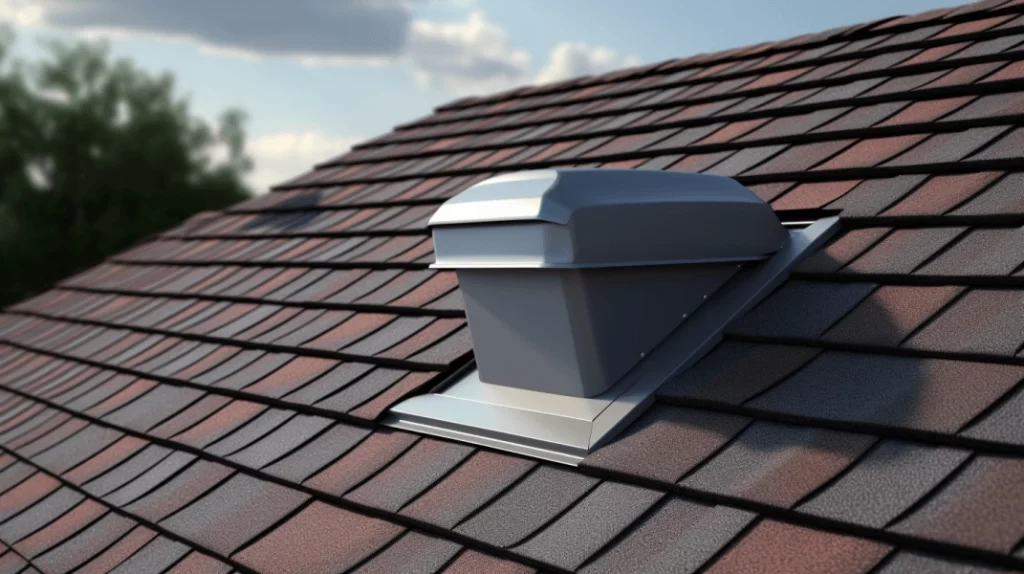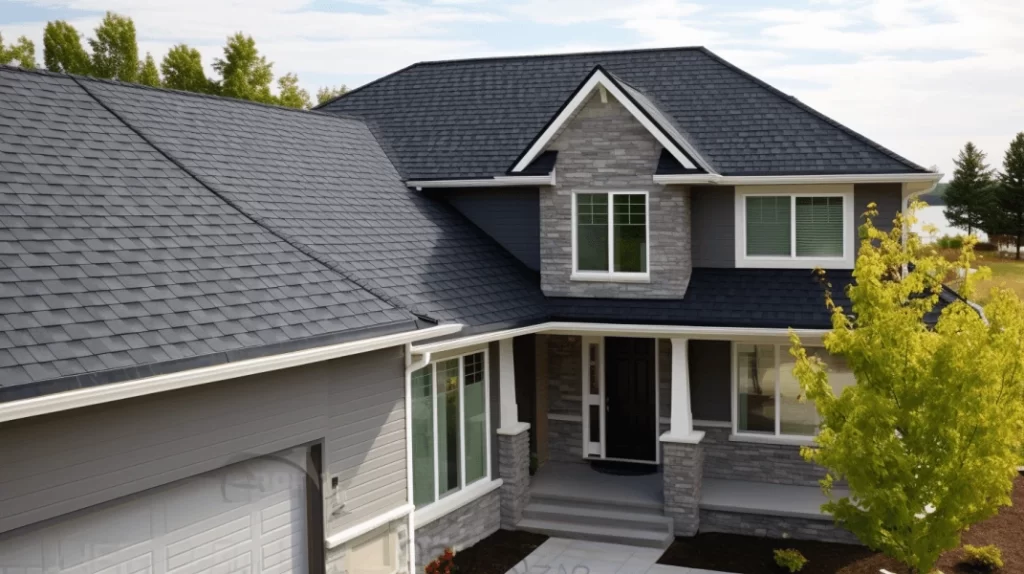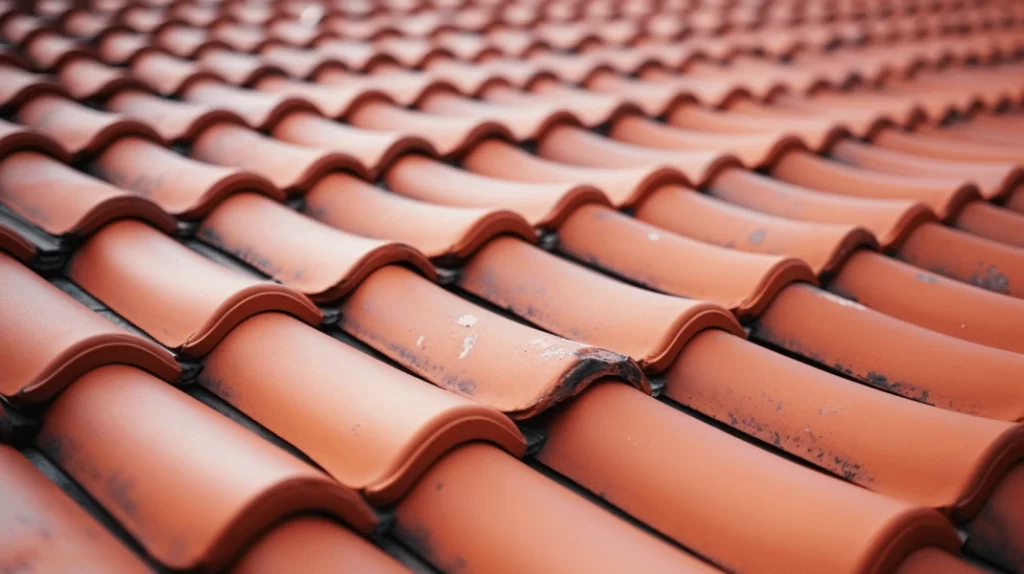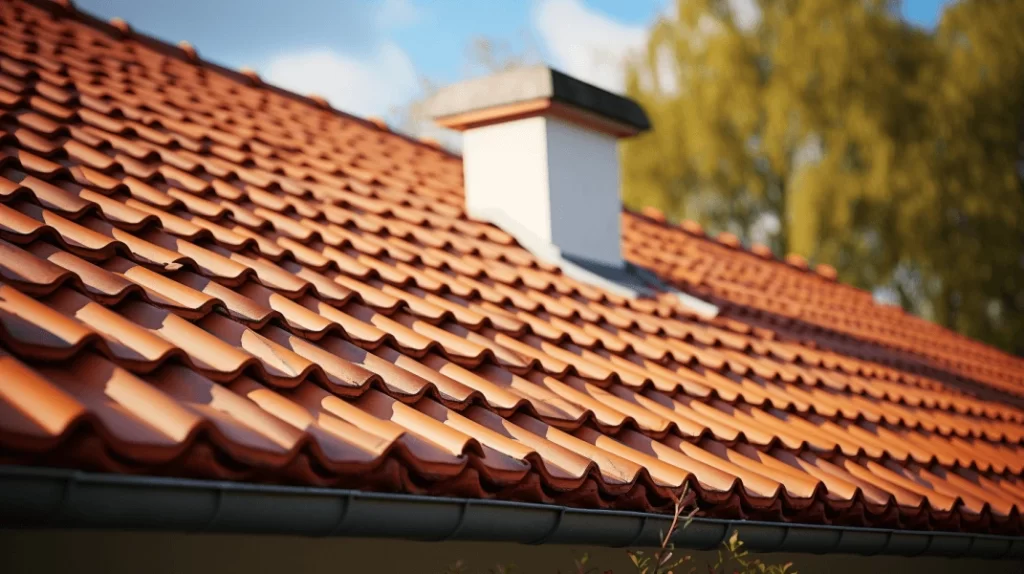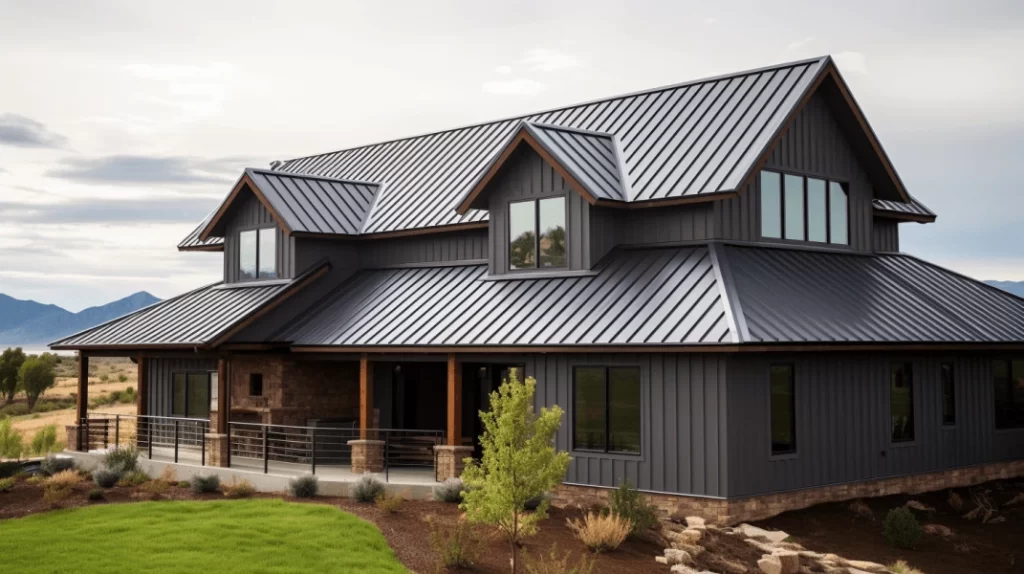Roofs, often overlooked, play a pivotal role in safeguarding homes from potential water damage and extreme weather conditions. However, the significance of proper roof ventilation transcends mere protection. It ensures the longevity of the roof, optimizes energy consumption, and fosters a healthier indoor environment. Here, we delve into the intricacies of roof ventilation and its undeniable benefits.
Understanding Roof Ventilation Mechanics
Roof ventilation is designed to facilitate airflow in the attic, curbing the accumulation of heat, moisture, and condensation. This is achieved by creating an outlet for warm air to exit the attic, while cooler air is ushered in via intake vents or soffits located in the eaves.
There are three primary roof ventilation systems:
- Soffit Vents: Positioned in the soffit (the underside of the roof’s overhang), these vents release hot air from the attic through tiny openings around the roof’s periphery.
- Ridge Vents: Situated at the apex of a sloped roof, ridge vents enable bidirectional airflow, aiding in temperature regulation. They are a common choice for shingled residential structures due to their ease of installation.
- Gable Vents: These vents, located in the wall at the roof’s end, offer a more expansive opening for airflow compared to soffit or ridge vents. However, their unidirectional airflow makes them slightly less efficient.
Advantages of Efficient Roof Ventilation
Prolonging Roof Lifespan
By ensuring consistent airflow in the attic, proper roof ventilation mitigates damage from extreme temperature fluctuations. This prevents roofing materials, such as shingles, from becoming brittle or deformed.
Energy Consumption Optimization
A well-ventilated roof minimizes energy expenses. With unhindered airflow in the attic, the home remains cool during summer and retains warmth in winter, reducing reliance on artificial temperature regulation.
Health and Well-being
Adequate roof ventilation thwarts condensation build-up, which can otherwise lead to mold and mildew proliferation. This significantly enhances indoor air quality, safeguarding residents from potential respiratory ailments.
Common Challenges with Roof Ventilation
While understanding the benefits is essential, being cognizant of potential challenges is equally crucial:
- Blocked or Inadequate Vents: Aging or other factors might render existing vents in older homes ineffective. Regular inspections ensure their optimal functionality.
- Faulty Installation: Incorrectly installed vents can lead to air leaks or diminished airflow, compromising the home’s thermal efficiency. It’s imperative to engage a trustworthy roofing contractor, like Mend Roofing, to ensure meticulous installation.
- Design Flaws: Sometimes, the roof’s design might impede effective ventilation. In such cases, introducing additional vents or modifying the roof might be necessary.
While DIY inspections might seem tempting, professional intervention is advisable. Experts, equipped with the requisite tools and knowledge, can accurately gauge the roof’s condition and suggest appropriate measures.
In Conclusion
Roof ventilation is not just a structural requisite but a holistic solution that ensures the roof’s durability, energy efficiency, and a healthier living environment. Whether you’re considering installing new vents or assessing the functionality of existing ones, always seek expert guidance. At Mend Roofing, we specialize in offering comprehensive roofing solutions, including roof repair in Cypress TX and residential roof repair service in Cypress Texas. Trust us to fortify your home against the elements, ensuring peace of mind for years to come.
